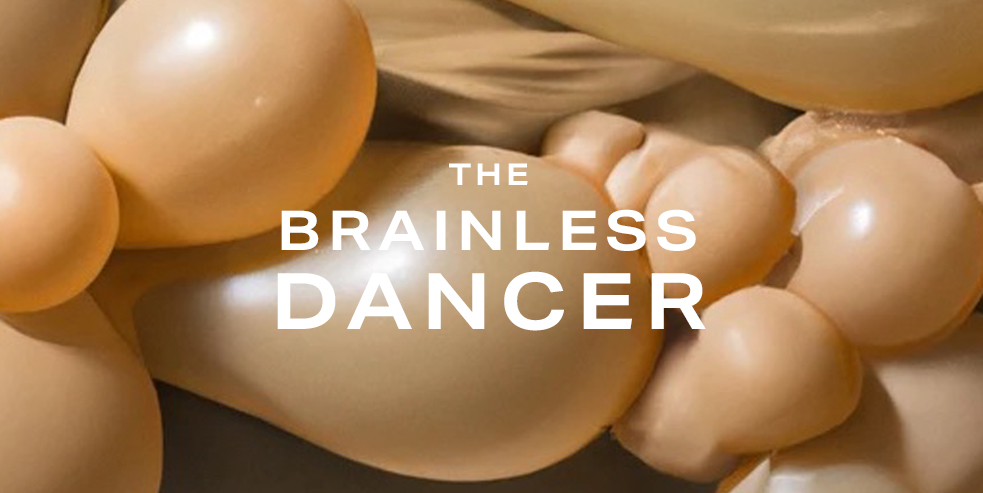| Line 7: | Line 7: | ||
[[File:The Brainless Dancer - Cover.jpg|1200px]] | [[File:The Brainless Dancer - Cover.jpg|1200px]] | ||
'''about the project'''<br> | |||
Examining female bodies and social relations through a participatory performance “The Brainless Dancer”. Passion Asasu invites the audience to participate in and influence the performance by using the artist's body as material and protagonist. When a woman's appearance not only embodies the uniqueness of an individual but also represents the cultural hierarchy of patriarchal systems that carelessly turns a female body into a product and equates her worth with her appearance and sexual functions. Through the performance, the audience is given the opportunity to observe and interact by activating substantial body parts of the artist's body. The fluidity of her body parts dancing randomly and brainlessly aims to play with the audience’s perception of a body image by emphasizing the uncertainty of our bodies that can change with age, nutrition, physical activity, hormonal status, and more. She hopes to create a space of critical engagement where visitors can see the violence, representation, struggle, and survival of a female body. The performance simply poses a question of when and how we can put an end to this broken construction and unauthorize the body as a place of oppression. | |||
Revision as of 15:17, 31 March 2023
The Brainless Dancer
abstract
"The Brainless Dancer" is a participatory performance project by Passion Asasu that examines the cultural hierarchy of patriarchal systems and how they objectify and oppress the female body. The performance invites the audience to participate and influence materials on the artist's body to emphasize our changing bodies' fluidity and uncertainty.
about the project
Examining female bodies and social relations through a participatory performance “The Brainless Dancer”. Passion Asasu invites the audience to participate in and influence the performance by using the artist's body as material and protagonist. When a woman's appearance not only embodies the uniqueness of an individual but also represents the cultural hierarchy of patriarchal systems that carelessly turns a female body into a product and equates her worth with her appearance and sexual functions. Through the performance, the audience is given the opportunity to observe and interact by activating substantial body parts of the artist's body. The fluidity of her body parts dancing randomly and brainlessly aims to play with the audience’s perception of a body image by emphasizing the uncertainty of our bodies that can change with age, nutrition, physical activity, hormonal status, and more. She hopes to create a space of critical engagement where visitors can see the violence, representation, struggle, and survival of a female body. The performance simply poses a question of when and how we can put an end to this broken construction and unauthorize the body as a place of oppression.
